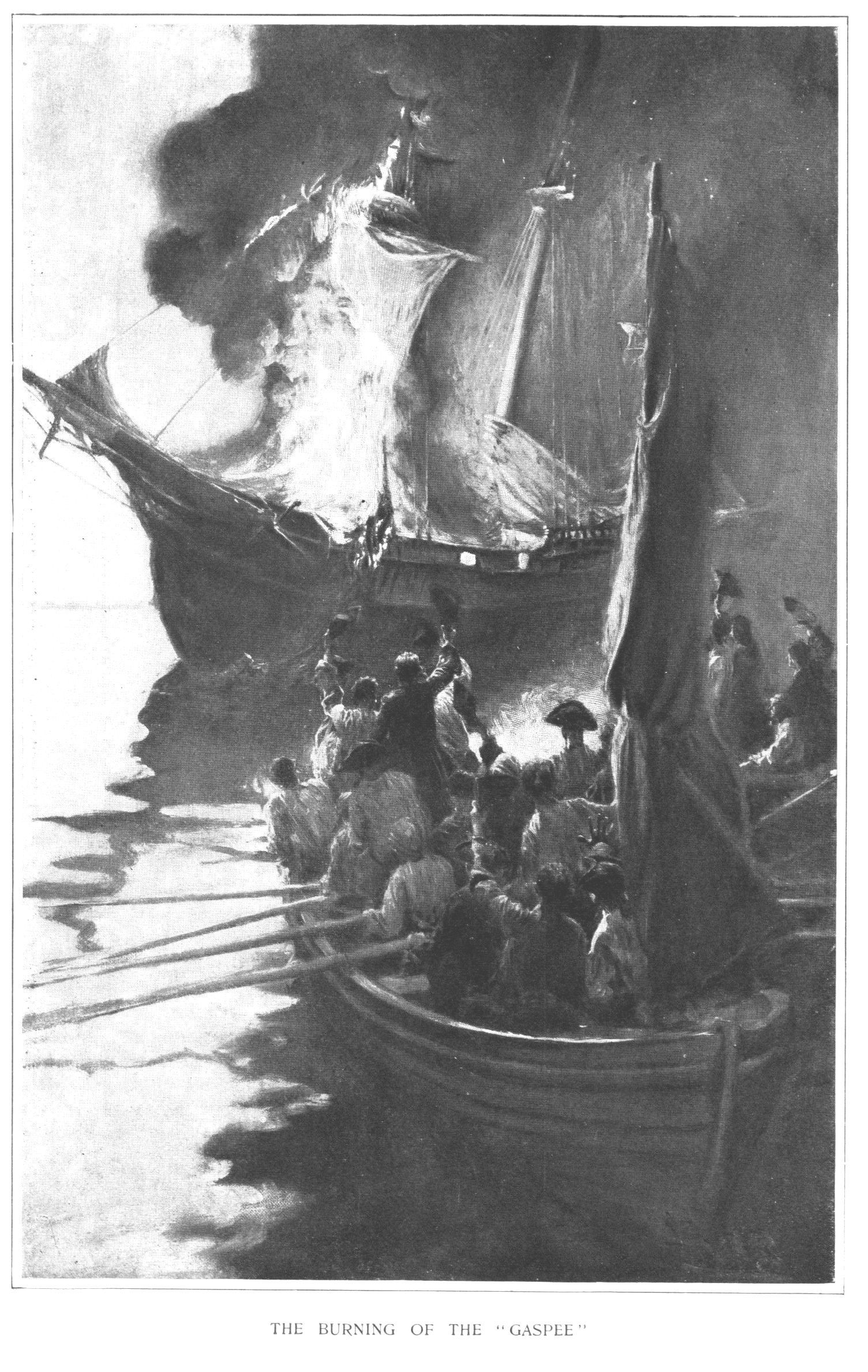Craig L. Symonds,
Lincoln and his AdmiralsWeeks into his presidency, Abraham Lincoln was confronted with his first naval question: What to do about Fort Sumter? First, should he re-supply it--and risk war--or not and concede defeat, thereby giving the secessionist South a valuable bit of propaganda? Was there a diplomatic solution? To help answer these questions, he turned to men, most of whom he barely knew, with military, naval and diplomatic expertise. He looked for conventional and unconventional solutions and, in the end, as he did so often, ultimately made the decision himself. An expedition was organized to help the fort. But his lack of experience, the disorganization of his nascent administration and deliberate nature doomed the expedition. Lincoln blamed himself, but learned from the experience. Lincoln's Vice-President Hannibal Hamlin agreed. Writes Symonds:
Hamlin argued that there were two Lincolns: the one who came from Illinois, inexperienced in wielding great power," and the one who emerged later as "the conqueror of a gigantice civil war, the emancipator of slaves, master of the political situation, and savior of the nation."
Lincoln improved upon his performance in matters naval by taking some those matters into his own hands. In the west, he championed a river campaign utilizing combined army and naval forces that could strike simultaneously at separate targets and force the South to split its military resources. While not as directly involved, he was similarly heartened by the success of Admiral David Farragut's taking of New Orleans and run up the Mississippi. These combined operations were part of the "
Anaconda Plan" and succeeded in giving the North a toehold on both ends of the Mississippi as it ran through the South.
The other significant part of the Anaconda plan was the blockade of southern ports. Here, Lincoln first had to navigate admiralty law while his fleet was built or acquired. Thanks to "King Cotton," European nations had a vested interest in maintaining trade with the South. They would not submit to a "paper blockade": the North would have to have a real force in place. Yet, the logistics of putting a blockade in place seemed to worry Lincoln less than the legal gymnastics required to legitimize a blockade against the South, which Lincoln had contended was not an entity in and of itself. Symond's explains this well.
One of the best stories told by Symonds is that of Lincoln's visit to the Hampton Roads region of Virginia while the Merrimack and Monitor circled each other warily amidst the Union blockade. Lincoln's personal intervention and suggestions prompted both the taking of a key shore positions as well as, ultimately, the scuttling of the infamous Confederate ironclad.
Symond's also covers the role that "contraband" (freed slaves) played in the Navy and how, traditionally, the maritime service was more accustomed to having blacks among its ranks.
Absorbing the contrabands into the blockade fleet caused scarcely a ripple either among the public at large or within the navy. Historically, free blacks had made up some 15 percent of the navy's enlisted force. During the 1850s, the figure dropped to only about 5 percent; now it would grow again back up to 15 percent. Naval officers, always eager for more hands, generally welcomed the contrabands on board as simply so many more strong backs, and the white sailors welcomed them, too, mainly because the newcomers were generally assigned "the dirtiest, most strenuous, and most physically demanding jobs," thereby relieving white sailors of those duties....White officers and men alike took a certain delight in using the enemy's slaves against them.
Interestingly, according to Symonds, Lincoln's early success on the rivers of the West and in implementing the blockade
...may have encourage Lincoln to take a slightly harder line with McClellan, who was still stalled on the Virginia peninsula battling the mud and his own fears. Union forces were successful elsewhere, so why not in Virginia?
Elsewhere in the book, Symond's describes the political management Lincoln had to engage in to sooth fragile egos and get the right men in the right places as he deemed necessary. His support of the ordnance expert John A. Dahlgren often put him at odds with the navy establishment, but he believed in Dahlgren and promoted him to admiral even though he lacked seagoing experience. At higher levels, he constantly had to manage the relationship (or lack thereof) and differing agendas of Secretary of the Navy Gideon Welles and Secretary of State William Seward.
Symonds covers other matters, such as the Trent affair and the hunt for the Confederate blockade runners (both involving the combustible Admiral Charles Wilkes, incidentally) as well as the messy aftermath of the "easing out" of Admiral Samuel Du Pont and the French invasion of Mexico.
Symonds has done a fine job of narrative history. While the focus is on the navy, he doesn't leave out the better known historical touchstones, which help to provide context for Civil War afficianados who may not be as familiar with naval timelines. The work is well-sourced and a valuable contribution to the existing Civil War literature. Symond's is to be commended.
 In Warwick and Cranston, Rhode Island, Gaspee Day commemorates the sinking of the HBMS Gaspee by Rhode Islanders in 1772. From Wikipedia:
In Warwick and Cranston, Rhode Island, Gaspee Day commemorates the sinking of the HBMS Gaspee by Rhode Islanders in 1772. From Wikipedia:

















